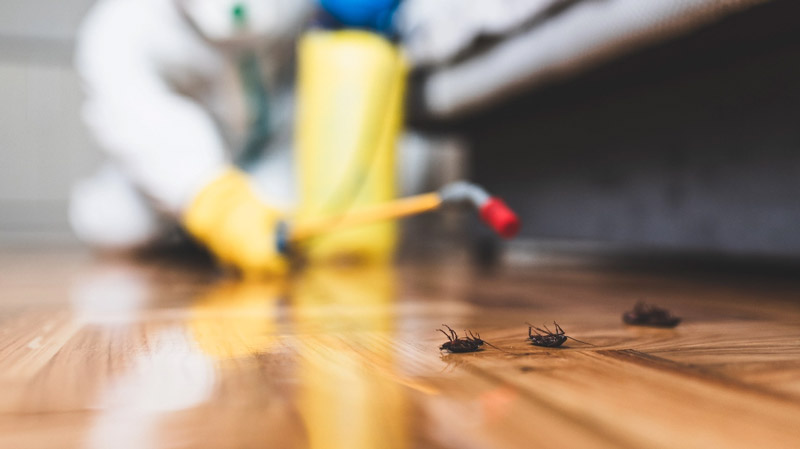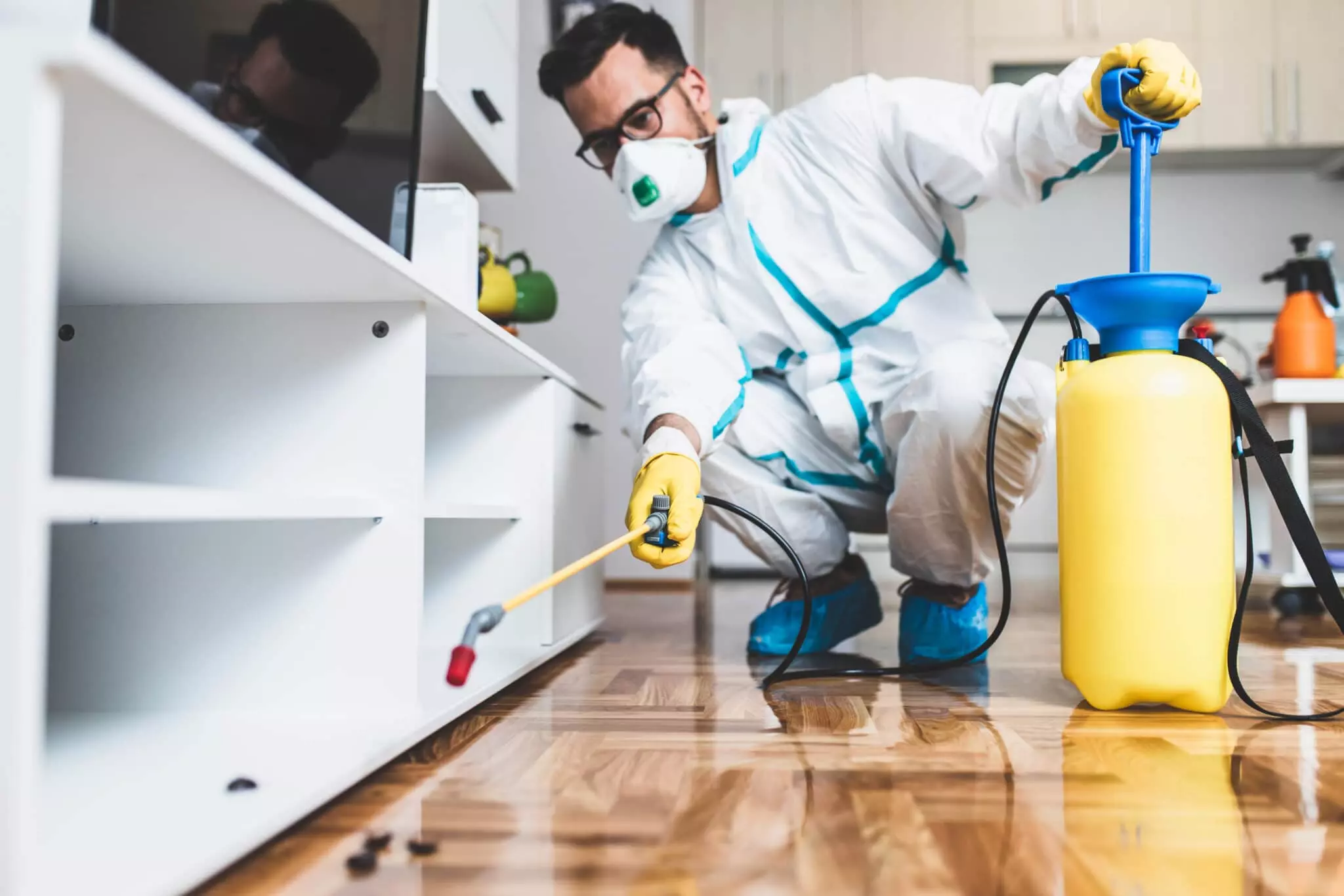Comprehensive Rodent Control Coquitlam Services for Peace of Mind
Comprehensive Rodent Control Coquitlam Services for Peace of Mind
Blog Article
Safe and Reputable Pest Control for Lasting Protection
Efficient parasite administration needs a multifaceted technique that balances eco-friendly integrity with the requirement for efficient parasite reductions. The nuances of these approaches might not be instantly clear, prompting a better examination of the practices that can lead to sustainable insect control outcomes.
Comprehending Pest Control Approaches
Pest control includes a range of techniques intended at managing and removing undesirable insects and rats that can endanger both health and residential property. Comprehending these techniques is important for effective bug management.
The key classifications of parasite control methods include mechanical, biological, and chemical approaches. Mechanical methods include physical barriers and catches to avoid parasite access and capture unwanted varieties. Utilizing displays on home windows or using sticky traps can considerably reduce pest populations without introducing harmful substances - exterminator coquitlam.

Chemical bug control is frequently the most identified approach, using chemicals to get rid of insects. These chemicals can be reliable yet should be made use of with caution to prevent adverse impacts on non-target species and the environment.
Benefits of Eco-Friendly Solutions
How can eco-friendly solutions change insect control practices? The fostering of environmentally friendly parasite control approaches supplies countless advantages, dramatically boosting the effectiveness and safety and security of insect administration.

An additional advantage is the favorable influence on local biodiversity. Eco-friendly options are developed to target particular parasites while protecting valuable insects and wildlife, promoting a well balanced community. This method aligns with the expanding customer need for sustainable methods, enhancing the track record of parasite control suppliers.
Integrated Pest Administration Approaches
The execution of green remedies normally brings about the adoption of Integrated Bug Monitoring (IPM) methods, which even more boost pest control efficiency. IPM is an all natural strategy that integrates multiple tactics to handle bug populations while minimizing ecological effect. This technique emphasizes using organic, cultural, mechanical, and chemical controls, ensuring a balanced and lasting technique of pest management.
One basic element of IPM is the thorough assessment of pest task and ecological problems. By monitoring parasite populaces and recognizing their life cycles, professionals can implement targeted treatments that interfere with the insect's habitat or lifecycle, reducing dependence on chemical pesticides. Additionally, cultural practices such as crop turning and habitat control can dramatically diminish insect establishment and recreation.
Another critical element is making use of organic control agents, such as helpful insects or microbes, which can normally subdue bug populations. When chemical applications are needed, IPM focuses on making use of low-risk pesticides and applies them selectively, minimizing direct these details exposure to non-target organisms and people.
Incorporating IPM strategies not just boosts pest control effectiveness yet additionally advertises a more secure ecological community, straightening with the growing demand for sustainable methods in insect monitoring.
Safe Practices for House Owners
Understanding the significance of safe methods in bug control can encourage homeowners to efficiently manage pest issues while securing their wellness and the atmosphere. Carrying out precautionary procedures and safe techniques is critical in decreasing direct exposure to harmful chemicals.
House owners need to first evaluate their environment for conditions that attract parasites, such as standing food, water, and clutter waste. Regularly cleaning and sealing entry factors can deter insects from attacking the home. Making use of natural deterrents, such as vital oils or diatomaceous planet, can provide efficient choices to chemical pesticides.
When chemical treatments are essential, property owners need to go with products that are especially classified as risk-free for residential use. It is important to follow application guidelines meticulously to stay clear of too much exposure. Making use of targeted therapies in locations where bugs are determined, rather than covering spraying, can dramatically reduce chemical usage.
Last but not least, maintaining open communication with pest control professionals is essential. Homeowners should ask about the safety and security of products made use of and demand environmentally friendly choices whenever possible. By embracing these safe practices, homeowners can produce a much healthier living setting while efficiently managing insect concerns.
Tips for Long-Term Protection
Developing a pest management strategy that emphasizes long-term security can substantially enhance the effectiveness of the safe practices formerly gone over. To attain this, home owners should execute normal assessments of their residential or commercial property, concentrating on hidden locations such as attic rooms, cellars, and crawl areas. Early detection of pest activity is essential in avoiding invasions from taking hold.
Furthermore, maintaining a clean atmosphere is important. This consists of Full Article appropriate food storage, promptly cleansing spills, and consistently getting rid of waste. These methods reduce attractants that draw insects into the home. Moreover, sealing entrance points, such as splits around doors and windows, can successfully block possible parasite accessibility.
Landscaping ought to additionally be taken into consideration; maintaining plants trimmed and preserving a distance in between plants and the home minimizes hiding areas for pests. view publisher site Making use of natural deterrents, such as important oils or diatomaceous earth, can further inhibit problems without resorting to rough chemicals.
Lastly, collaborating with an expert pest control solution for routine examinations can provide an extra layer of safety. These experts can supply tailored recommendations and progressed therapies, making sure that your home remains secured against pests in the lengthy term.
Final Thought
In final thought, reputable and risk-free parasite control calls for a multifaceted method that emphasizes green techniques and incorporated parasite monitoring. By executing natural deterrents, performing routine examinations, and preserving correct hygiene, homeowner can substantially reduce bug populaces while protecting useful pests and the setting. Cooperation with specialist insect control services improves the performance of these techniques, guaranteeing tailored options that provide lasting defense and satisfaction against future problems.
Effective pest monitoring requires a diverse approach that balances eco-friendly honesty with the need for reliable pest reductions. The fostering of environmentally friendly parasite control methods offers countless advantages, considerably improving the performance and safety of parasite administration.The execution of environmentally friendly services naturally leads to the adoption of Integrated Insect Monitoring (IPM) strategies, which better improve pest control effectiveness. exterminator coquitlam. By keeping track of insect populaces and recognizing their life cycles, professionals can implement targeted treatments that disrupt the insect's environment or lifecycle, decreasing dependence on chemical pesticides.In conclusion, safe and reputable bug control calls for a diverse strategy that highlights environmentally friendly methods and integrated bug monitoring
Report this page